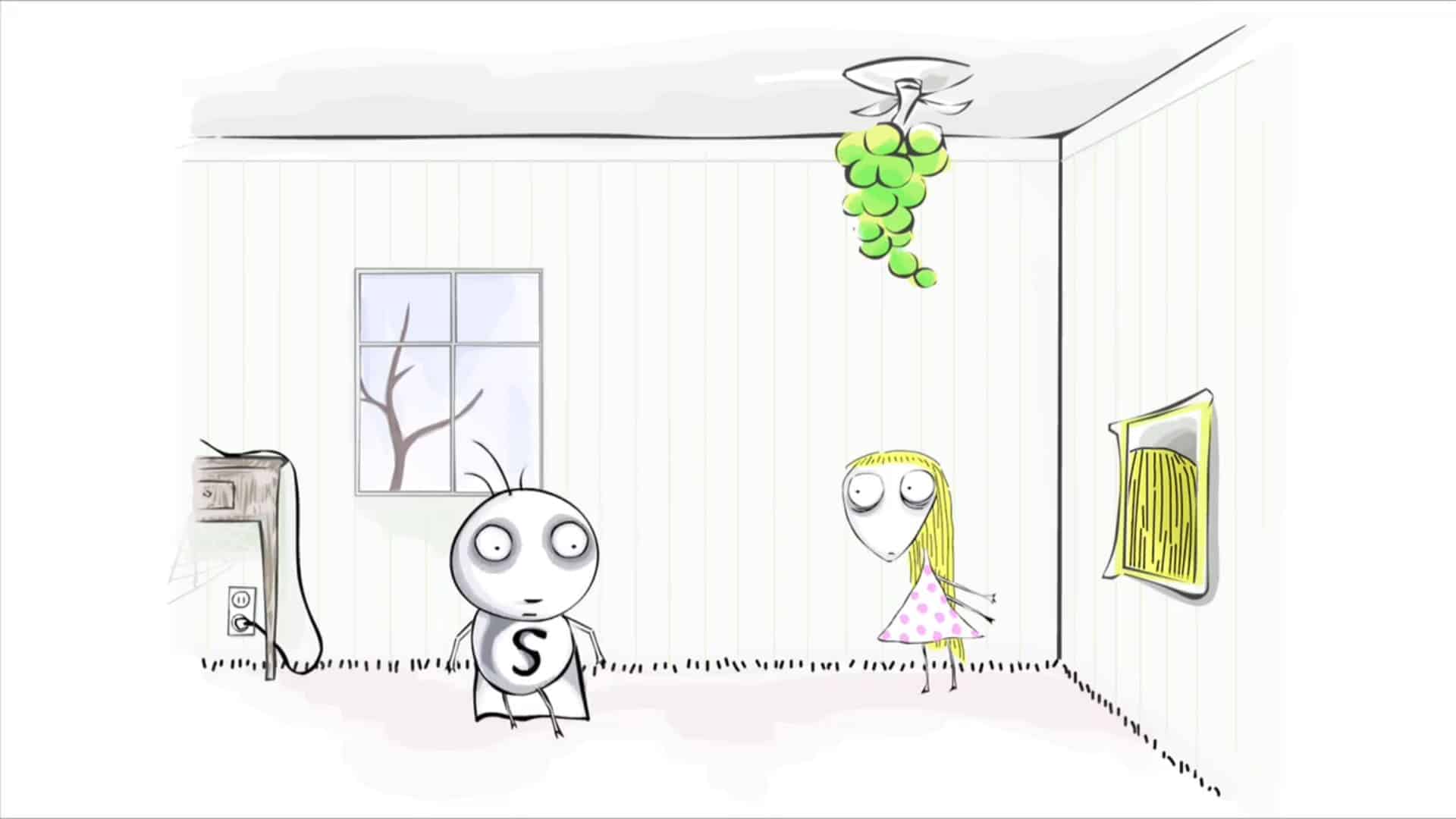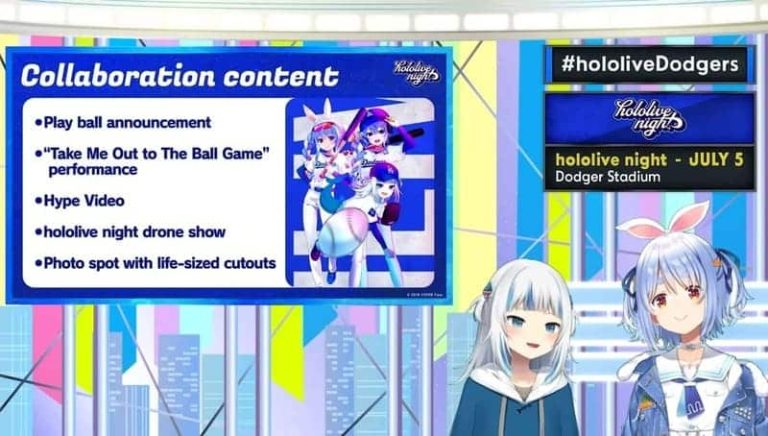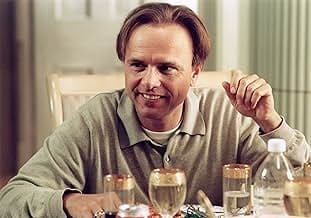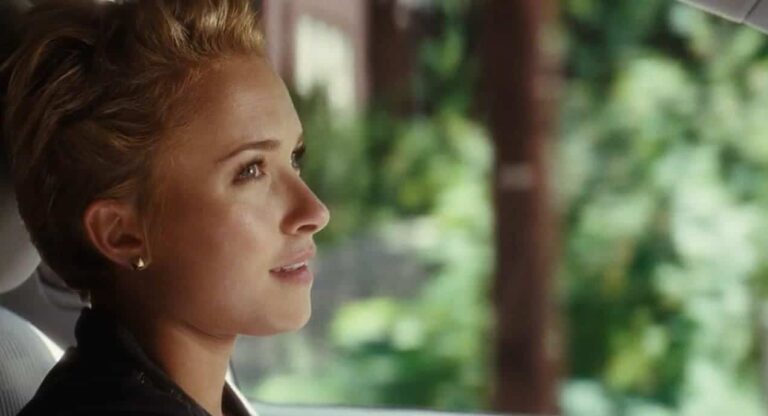Revisiting Tim Burton’s Darkly Comic Superhero Series “The World of Stainboy”
Let’s check out one of Tim Burton’s most criminally underrated projects. While everyone’s busy gushing over “Beetlejuice Beetlejuice” and “Wednesday,” there’s a grimy little superhero sitting in the corner of the internet, practically begging for the recognition he deserves. Meet Stainboy—the greasiest, most tragically hilarious hero you’ve probably never heard of. “The World of Stainboy” isn’t just some throwaway project Burton knocked out between blockbusters. This six-episode animated series from 2000 is pure Burton genius, distilled into bite-sized chunks of brilliance that somehow managed to fly under everyone’s radar.
When Tim Burton Went Back to His Roots
Here’s the thing about Burton that most people forget: before he was making Johnny Depp wear weird hats (and arms) in every movie, he was an animator. Disney recruited him straight out of CalArts, and while that relationship went about as well as you’d expect (spoiler alert: not that great), it gave Burton the foundation for what would become one of his most personal projects.
To Tim Burton, “The World of Stainboy” represented something special – a return to his two-dimensional roots without the corporate interference that had plagued his earlier work. Using revolutionary Macromedia Flash technology (remember when that was cutting-edge?), Burton partnered with Flinch Studio to create something new and experimental for the internet market. This was 2000, people. YouTube didn’t even exist yet!
The series follows Stainboy, a reluctant superhero whose only power is leaving nasty stains on everything he touches. Working for the Burbank Police Department, he’s tasked with hunting down other misfits and outcasts – characters plucked straight from Burton’s 1997 poetry collection “The Melancholy Death of Oyster Boy & Other Stories.” The irony is delicious: an outcast hunting other outcasts for a system that barely tolerates his existence.
The Characters That Made Stainboy’s World Sing
Each episode introduces us to wonderfully bizarre antagonists that feel like they crawled out of Burton’s nightmares, but in the best possible way. There’s Stare Girl, whose intense gaze can literally kill. Toxic Boy, who’s so poisonous that even car air fresheners make him sick. Robot Boy, whose metallic corpse gets repurposed as a trash can in later episodes (dark humor at its finest). And don’t even get us started on Bowling Ball Head or Matchstick Girl—each character is pure twisted creativity.
The final episode, “The Origin of Stainboy,” reveals our hero’s tragic backstory at an orphanage, setting up what could have been a larger narrative arc. But here’s where the story gets a bit frustrating: according to Tim Burton, “The World of Stainboy” was supposed to have 26 episodes. We only got six.
Why Stainboy Failed (And Why That’s Tragic)
Stainboy was ahead of its time and cursed by circumstances beyond its control. While edgy web animations like “Happy Tree Friends” were finding their audiences, Stainboy lacked the backing of major companies. This was pre-YouTube, remember? Distribution was everything, and Stainboy unfortunately didn’t have it.
The animation itself was admittedly rough around the edges – Flash was still new, budgets were tight, and the movement felt stilted compared to traditional animation. But Burton’s clever plot and writing easily overshadowed Stainboy’s limitations.
Why Stainboy Deserves a Second Chance
We’re living through a Tim Burton renaissance right now. “Beetlejuice Beetlejuice” proved Burton still has his fastball, and “Wednesday” showed that his goth aesthetic can dominate modern streaming platforms. Horror-adjacent characters like Invader Zim and Courage the Cowardly Dog are more popular than ever among younger audiences. So why isn’t Stainboy part of this conversation?
“The World of Stainboy” contains all the elements that make Burton’s work timeless: outcasts struggling against conformity, darkly comic situations, and visual designs that stick in your brain like, well, a nasty stain. The series tackles themes and premises that most superhero content can’t match.
The Technical Innovation That History Forgot
Credit to Tim Burton: “The World of Stainboy” was quite innovative for its time. This was a legitimate experiment in digital storytelling that ended up testing and pushing the boundaries of what Flash animation could do.
The voice work by “Beetlejuice” Otho portrayer, the late Glenn Shadix (Sgt. Glen Dale), brought gravitas to what could have been throwaway exposition. And the writing managed to pack complete character arcs into episodes that were not much longer than a commercial break.
A Call for Justice (Pun Intended)
Here’s a challenge to Burton fans, animation enthusiasts, and anyone who appreciates truly original content: it’s time to give Stainboy his due. “The World of Stainboy” deserves to be recognized alongside his more famous works.
With streaming platforms hungry for content and Burton’s star rising again, there’s never been a better time to revisit Burbank’s stainiest superhero. The six episodes that exist are still available online, and they’re still just as weird, wonderful, and bizarrely touching as they were 25 years ago.
“The World of Stainboy” represents everything we love about Tim Burton’s work made into its purest form: no studio interference, no commercial compromises, just pure creative vision translated into animation. It’s time we stopped treating it like a footnote and started celebrating it as the hidden gem it truly is. Once you meet Stainboy, you’ll never forget him.







